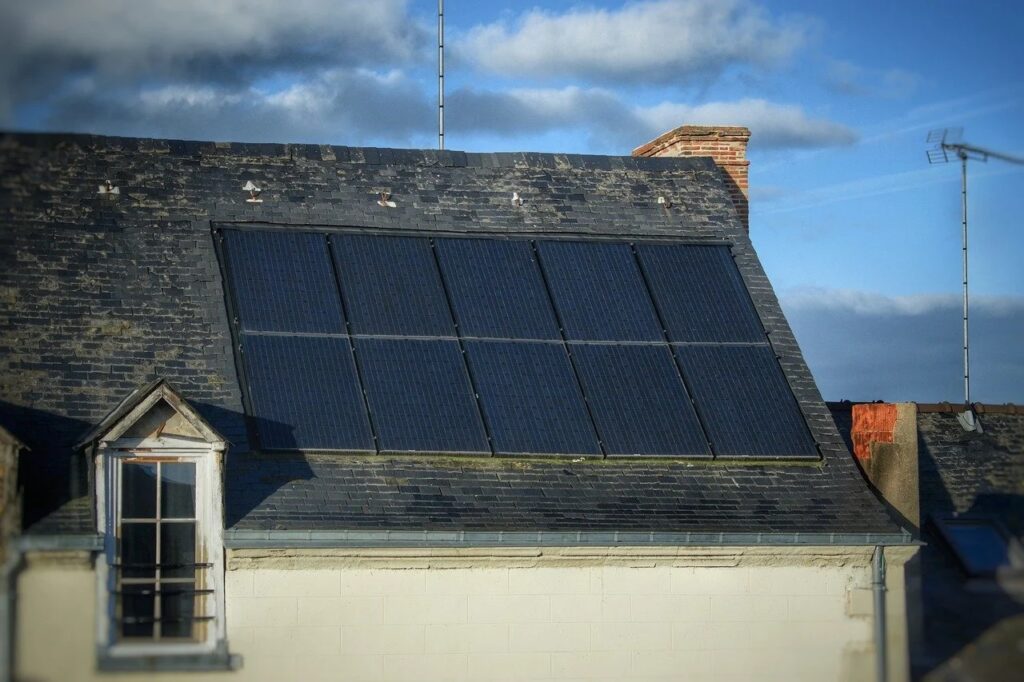Shading on solar panels can significantly reduce their energy output, affecting the overall efficiency of a solar power system.
- Site Selection:
- During the initial installation, choose a location with minimal shading throughout the day. This involves considering nearby structures, trees, and other potential sources of shade.
- Tree Pruning and Trimming:
- Prune or trim trees that cast shadows on solar panels, especially during peak sunlight hours. This may involve regular maintenance to ensure continued access to sunlight.
- Panel Tilt and Orientation:
- Adjust the tilt and orientation of solar panels to optimize sunlight exposure. This may involve tilting panels at a different angle or reorienting them to face the sun more directly.
- Bypass Diodes:
- Install bypass diodes within solar panels. Bypass diodes enable the unaffected cells to continue generating power when part of the panel is shaded, preventing a significant drop in overall output.
- Micro-Inverters or Power Optimizers:
- Use micro-inverters or power optimizers for each solar panel. These devices optimize the power output of individual panels, reducing the impact of shading on the entire system.
- String Inverters with Multiple Strings:
- Divide the solar panels into multiple strings connected to a string inverter. This way, shading on one string won’t affect the entire system, as the unaffected strings can continue producing power.
- Tilted Racking Systems:
- Use tilted racking systems that allow for better spacing between rows of solar panels. This helps minimize shading from adjacent panels, especially in large solar installations.
- Advanced Monitoring Systems:
- Implement advanced monitoring systems that can identify and pinpoint shading issues. This enables prompt action to be taken to address shading concerns.
- Real-Time Monitoring and Maintenance:
- Regularly monitor the solar power system in real-time to identify shading issues promptly. Implement a maintenance plan to address shading concerns, whether it’s due to dirt, debris, or vegetation growth.
- Distributed Energy Storage:
- Use distributed energy storage systems, such as batteries, to store excess energy generated during periods of minimal shading. This stored energy can then be used during shaded periods.
- Reflective Surfaces:
- Install reflective surfaces, such as white roofing materials or reflective coatings on nearby structures, to redirect sunlight onto shaded areas of the solar panels.
- Smart Shading Solutions:
- Explore smart shading solutions, such as automated tracking systems that adjust the position of solar panels to maximize sunlight exposure throughout the day.
By employing a combination of these strategies, you can effectively mitigate the impact of shading on solar panels and optimize the energy output of your solar power system. The specific approach may depend on factors like the extent of shading, available space, and budget considerations.


